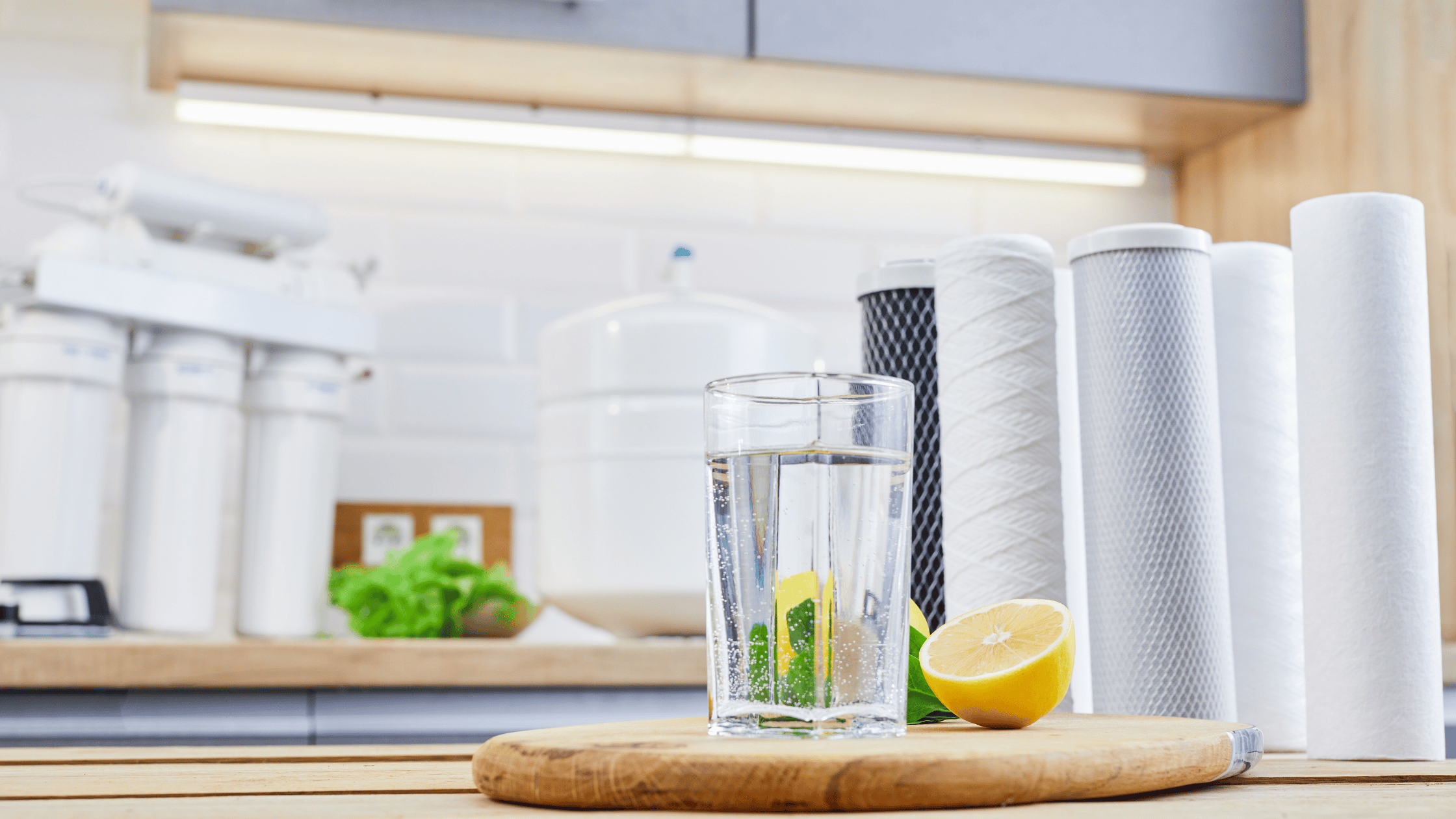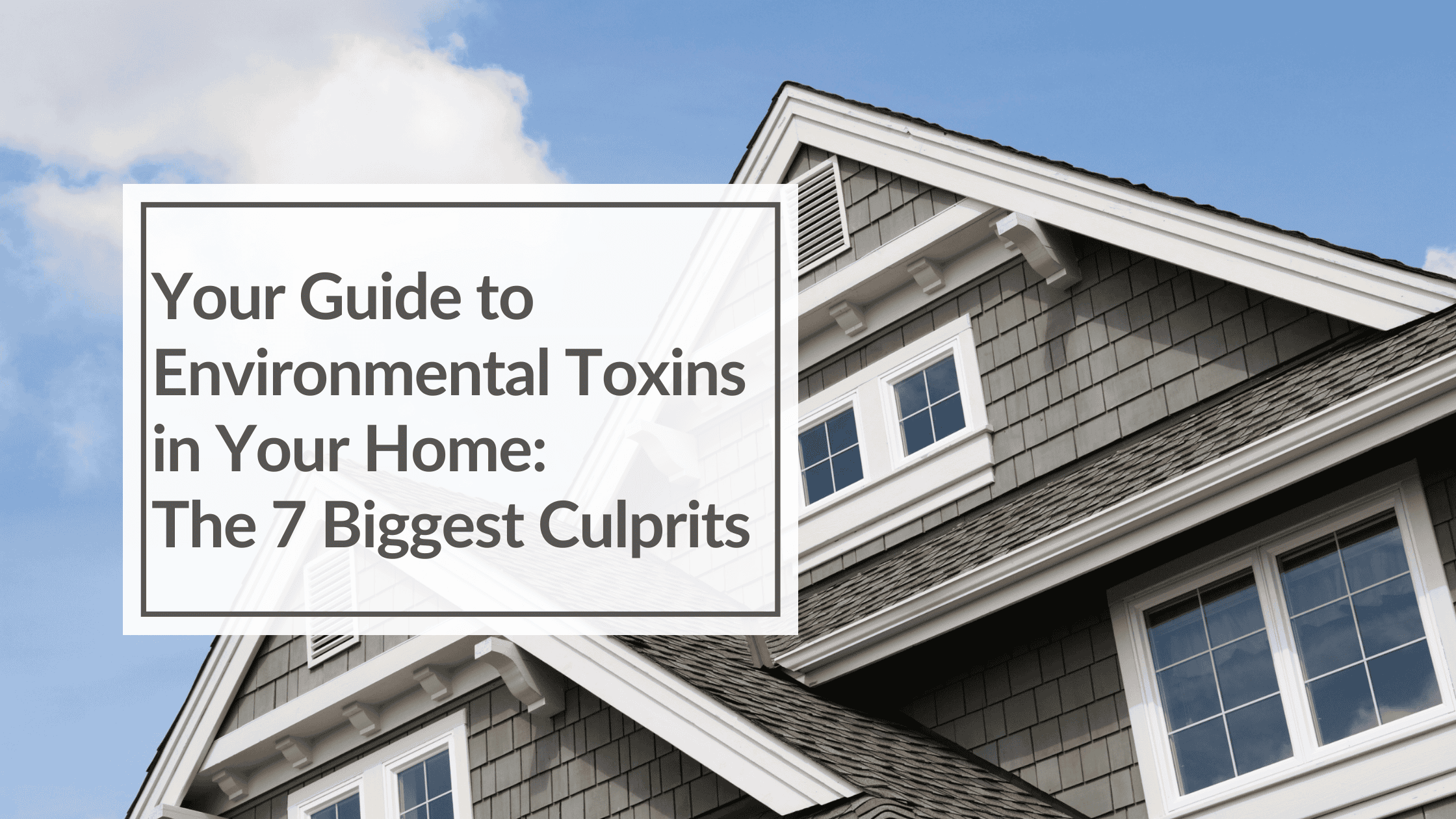
Trying to Reduce Biofilm is Important in the Detox Process
Living with chronic conditions like mold toxicity, Lyme disease, or other long-term health struggles can feel overwhelming. If you’re feeling stuck in your recovery, there’s a good chance that microbial biofilm—a slimy, sticky barrier created by microbes—is making things even more difficult.
Microbial biofilm can prevent your body from recovering because this mass acts like a shield, keeping harmful microbes like mold, fungus, and bacteria hidden and protected. In this post, we’ll break down what biofilms are, how they get in the way of your detox journey, and what you can do to reduce biofilm.
What is Microbial Biofilm?
Think of microbial biofilm as a sort of “fortress” built by groups of microorganisms. These microbes live together through a sticky substance called exopolysaccharide, sometimes called a slime layer! In this little fortress of slime, they reproduce and are collectively called a colony.
Bacteria in a biofilm are smart, as the sticky, slimy matter they live in enables them to shield themselves and thrive. We all have a personal microbiota (a collection of bacteria living within and on us) that is unique to us. Much of this bacteria lives in the gut, on our skin, and inside our mouths. When in balance, this bacteria helps with things like metabolism and immunity.
When certain bacteria become imbalanced or overgrown, they can form a microbial biofilm that may cause inflammation and health issues. Because of their sticky, slimy fortress, these bacteria make it harder for medications or herbs to reach and destroy them.
Not all biofilms are harmful. Some are neutral and part of the natural environment. Biofilms also exist in your home’s water pipes, making water filtration an important part of lowering your risk of toxins in your home.

If you do not have a water filtration system yet, run your taps to flush out bacteria that break off from biofilm in the pipes. Drinking water distribution systems (DWDSs) contain bacteria in the water that flows through them that may escape the water filtration and treatment in the water plant.
This is a top reason we recommend water filtration systems to those we test who show bioenergetic signs of biofilms! Bacteria not only line the pipes, but they can break off and end up in your cup. Add heavy metals to the water, and water filtration becomes higher on the list of measures to decrease toxins in your home.
This is similar to what can happen in the human body. Some open wounds can have more harmful biofilms. These neighborhoods of microbes know how to change immune responses, as we will see shortly. They talk to each other through something called quorum sensing. Cell-to-cell communication in this manner adds to the virulence and their ability to adjust their genes, making these films more and more resistant to your body’s defenses.
Click here to read more about decreasing toxins in your home.
Where Does Microbial Biofilm Reside?
You can have reservoirs of bacterial biofilms in many places besides your gut and mouth. Other places of colonization include:
- Ears: may be related to ear issues like otitis media.
- Teeth: the plaque on your teeth is a biofilm!
- Upper respiratory tract.
- Lungs and lung secretions.
- Gastric mucosa: (lining of the gut).
- Cardiovascular system.
- Urogenital system: bladder, uterus, prostate.
- Bone: osteomyelitis is related to bone destruction that may be initiated by biofilm.
Here are some examples of bacteria we see on bioresonance testing, and where they can settle in through biofilm (source):
- Lower Respiratory Tract: P. aeruginosa, S. aureus, Streptococcus spp., H. influenzae, M. catarrhalis, Mycobacteria spp
- Upper Respiratory Tract: H. influenzae, S. aureus, S. pneumoniae
- Middle Ear: H. influenzae, M. catarrhalis, S. pneumoniae, K. pneumoniae, S. aureus
- Urogenital System: E. coli, P. aeruginosa, Staphylococcus spp. Gardnerella vaginalis (vagina) kidney stone biofilms include P. aeruginosa, E. coli, K. pneumoniae, Proteus mirabilis, Staphylococcus species, and Enterococcus
- Cardiovascular System: S. aureus, Streptococcus spp., Enterococcus spp.
- Teeth: Early plaque colonies: Streptococcus, Actinomyces, and Veillonella. Mature plaque colonies: Fusobacterium and Porphyromonas.
Late plaque colonies: Aggregatibacter depends on other species to create a suitable niche - Stomach: H. Pylori
- Large Intestine: E. coli, Bacteroides spp., R. gnavus, F. nucleatum

Stages of Microbial Biofilm Formation
There are five stages of biofilm:
Stage 1: the initial attachment. In this stage, the bacteria adhere to a surface and can easily be disrupted. Regular brushing and flossing of your teeth disrupts mouth biofilm in the early stages, preventing the next stage of tighter adhesion. If the bacteria sit there long enough, they move into stage two.
Stage 2: this is the irreversible stage of attachment. Single cells flatten against a surface and resist the mechanical means of removal.
Stage 3: Now, our microbial cells start to grow and mature. They also multiply, forming a colony with that sticky fortress encasing them.
Stage 4: Our colony is still growing, forming a “mushroom” complex made of polysaccharides, its energy source. In this stage, some of the colony is becoming loose, with parts ready to strike out on their own through the blood to settle elsewhere and form a new colony or neighborhood.
Stage 5: Cells from the microbial biofilm are now free-floating, wandering through the body, looking for their next home, leaving the old colony behind.
Chronic Conditions and Biofilm
Microbial biofilm knows how to turn down metabolic activity so that it goes unnoticed by those immune cells that search and destroy bacteria. They also know how to release their own chemicals to suppress your immune signaling and activity. Inflammation is created in the nearby environment, which delays tissue rebuilding and recovery.
Imagine how much inflammation can occur when biofilm grows and recolonizes in different body areas, as explained in the stages above.
This is one reason why Lyme, caused by Borrelia burgdorferi, is so persistent in certain individuals. The resistance and recurrence of this condition are associated with “biofilm-like aggregates” that allow these spirochete bacteria to resist the hostile environment we try to create with medications and herbal measures.
Molds can also produce biofilm, and most people have some form of mold or fungus in their noses and sinuses. Nebulizing and sinus rinsing can help clear mucus that may contain mycotoxins.
Biofilm creates toxic by-products through the die-off of bacteria and other microbes within it. This impairs and overloads your natural detoxification pathways, so supporting drainage as much as possible is important. This is especially important if you or the practitioner you are working with attempt to remove biofilm.
Our FREE Activate Wellness Guide teaches you all about opening your drainage pathways.
How To Microbial Remove Biofilm
Before you attempt to remove biofilm in your sinuses, gut, or other areas, put some lifestyle foundations in place. The disruption of biofilm also disrupts dead bacteria, which move through your bloodstream, enter the liver filtration system, and can make you feel under the weather.
One way to disrupt biofilm is to remove it mechanically. Think of tooth brushing! This is a mechanical way to remove the stickiness of plaque on your teeth. Eating fibrous foods or taking a supplement like Mimosa Pudica is an easy first step in decreasing biofilm in your Digestive System.
Sensitive individuals should attempt to remove biofilm very slowly and ensure that drainage pathways are open. Some individuals need to work on drainage for months before trying to remove biofilm or detox in any way.
4 Support Measures to Decrease Microbial Biofilm
You may suspect that some of the things your body is experiencing are driven by microbes. If you’ve been working on supporting your body with rest, nutrition, and opening your drainage pathways, you may be ready to address biofilms in the body.
The good news is that there are a lot of ways to disrupt biofilms naturally (think herbs and supplements).
- Testing: If you suspect a health issue concerning a biotoxin like mold or Lyme, visit your licensed care professional. Complementary holistic testing can be used in conjunction with allopathic measures to identify biofilm-related health issues. Understanding the presence of mycotoxins or Lyme bacteria can help you tailor detox strategies to your client’s needs. This is where bioenergetic testing and balanced remedies shine brightest.
- Support your liver: Diet plays a significant role in detoxification. Liver-supportive foods such as green tea, tulsi tea, beets, brassica vegetables like broccoli or Brussels sprouts, and citrus all support phases of liver detoxification. Organ meat can provide the necessary B Vitamins, the fat-soluble vitamin group (A, D, E, K), and various minerals, such as iron, selenium, and zinc.
- Digestive support: As biofilms can form in the gut, impacting digestion and nutrient absorption, supporting gut health with prebiotics, probiotics, and digestive enzymes can help restore balance and ensure the body is equipped to process and eliminate toxins effectively. Rebalancing of the gut microbiome through parasite or candida removal may be helpful. Decreasing food sensitivities to minimize inflammation will support the gut’s lining and the Immune System.
- Hydration: Remember that your kidneys are also a filtration system, just like your liver. You need adequate liquid to flow through your kidneys and bladder to remove toxins that come from an attempt to remove biofilm.
We’ll help you with all of these things inside our Wellness Activator Course, FREE with any scan purchased!
Supplements for Microbial Biofilm Disruption
Certain supplements are known to break down biofilm, allowing your Immune System to regain a footing. This also supports any detox regimen to be more effective. Key supplements include:
N-acetylcysteine (NAC): A powerful antioxidant that helps break down biofilms and supports liver detox and the thinning of mucous secretions. MORE FOR A LINK
Biofilm disruptors: Enzyme blends like nattokinase and serrapeptase are known to help dissolve biofilm and increase the effectiveness of antimicrobial treatments.
Berberine: This plant constituent is found in barberry and Oregon grape and is considered a potent choice for removing biofilm.
Curcumin: This anti-inflammatory and antimicrobial plant may disrupt biofilm growth by stopping quorum sensing or cell-to-cell communication.
Antimicrobial herbs: In some cases, antimicrobial herbs may help target pathogens within biofilms. These can include herbal antimicrobials such as garlic, oregano oil, and olive leaf extract. To increase effectiveness, consider using these in foods or structured water combined with biofilm-disrupting enzymes.
Microbial biofilm may have a link to chronic health issues such as Lyme disease and mold toxicity. Understanding how to disrupt biofilms, focusing on drainage pathways, supporting detoxification, and having patience are four aspects to focus on if you suspect a resistant biofilm is an underlying nemesis in your health.
Through a combination of targeted testing, nutritional support, supplementation, and antimicrobial strategies, you can assist in breaking down these protective barriers, enabling more effective detox and promoting your wellness journey.
Affiliate Disclaimer
This email contains product affiliate links. We may receive a commission if you make a purchase after clicking on one of these links. However, please note that we do not investigate, monitor, or check such external links for accuracy, adequacy, validity, reliability, availability, or completeness.
We do not warrant, endorse, guarantee, or assume responsibility for the accuracy or reliability of any information offered by third-party websites linked through the site or any website or feature linked in any banner or other advertising. We will not be a party to or in any way be responsible for monitoring any transaction between you and third-party providers of products or services.
By clicking on any affiliate links provided in this email, you acknowledge and agree to these terms.



